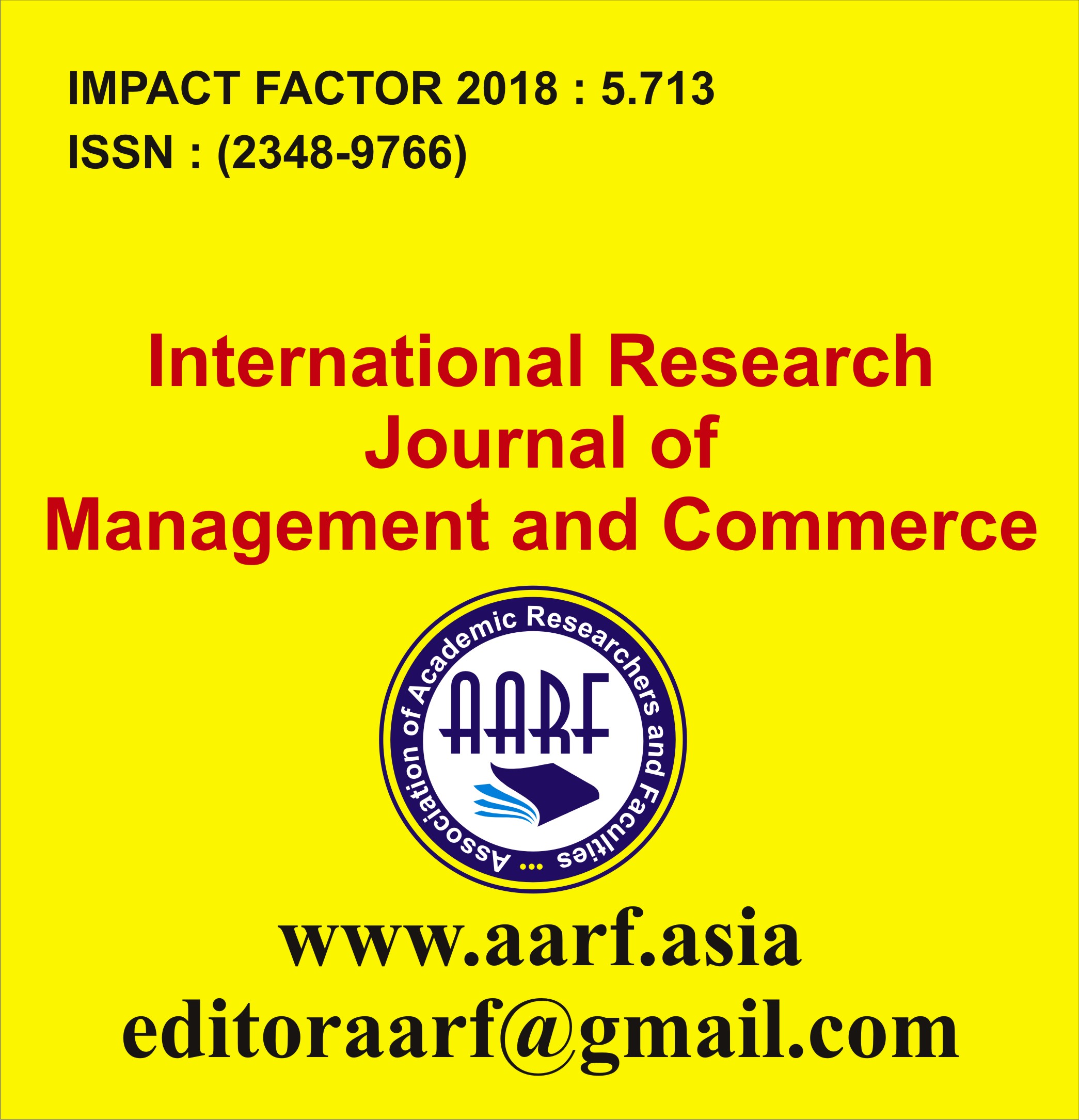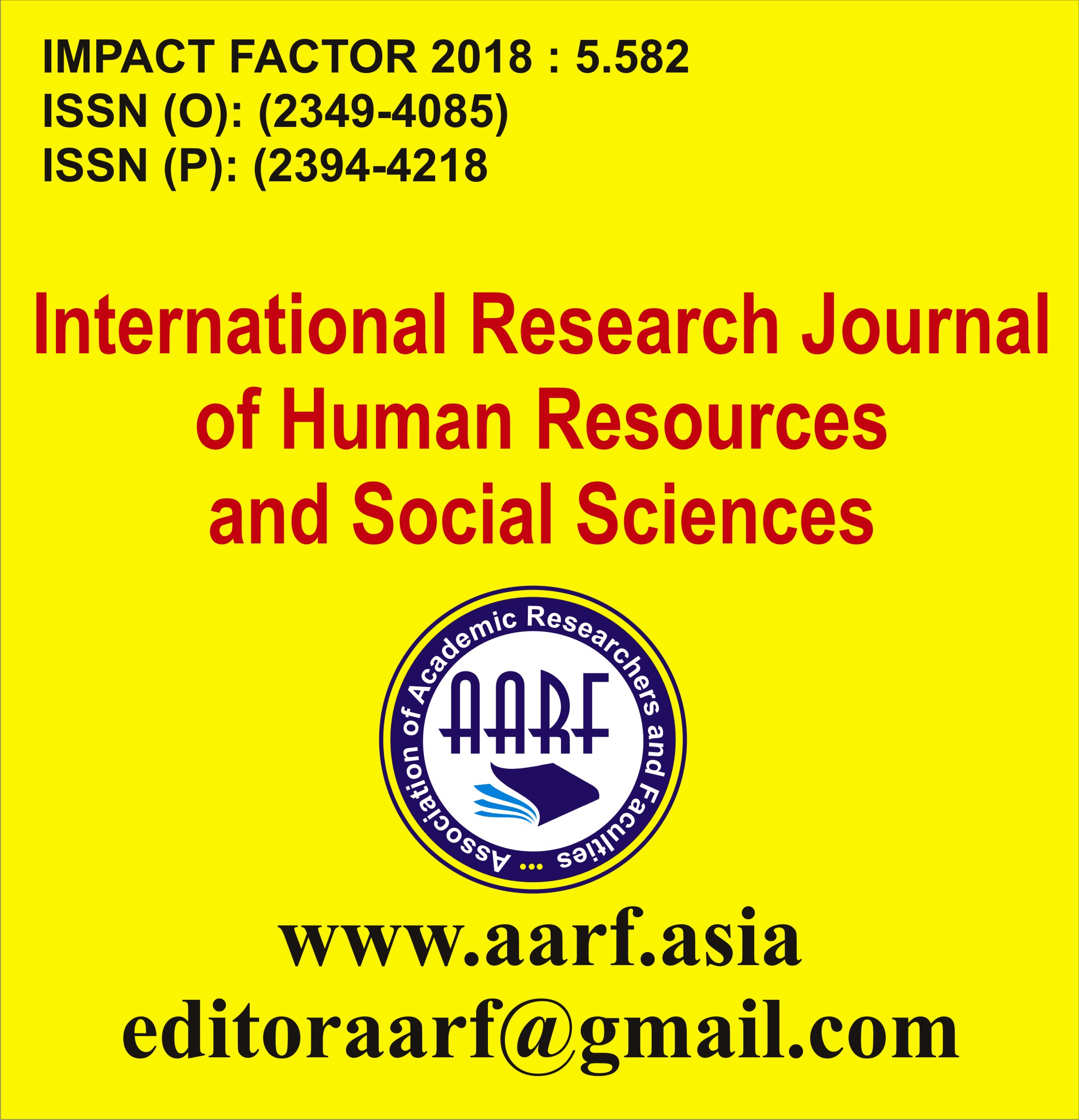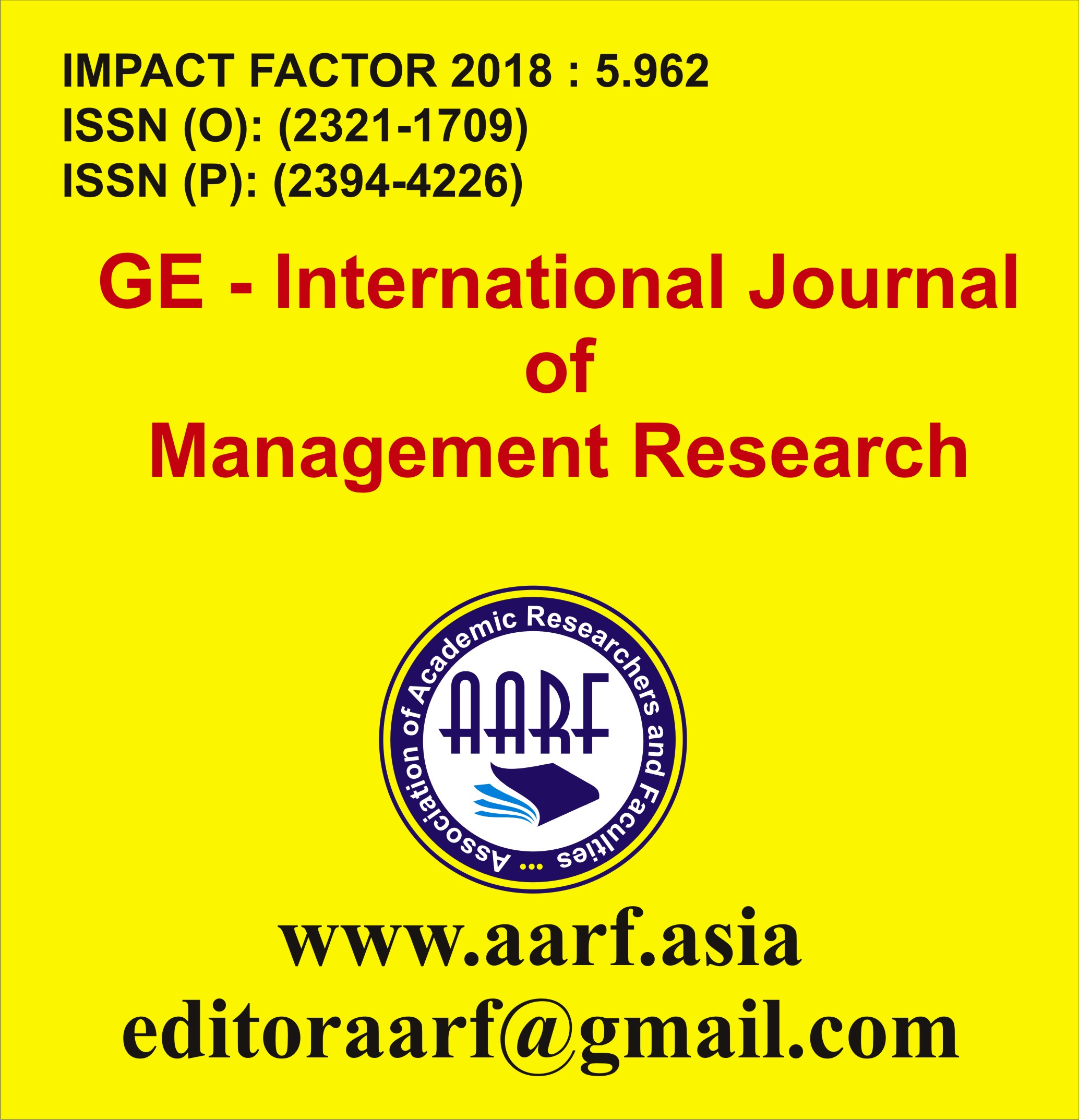
- Current Issue
- Past Issues
- Conference Proceedings
- Submit Manuscript
- Join Our Editorial Team
- Join as a Member

| S.No | Particular | Page No. | |
|---|---|---|---|
| 1 |
Neetu G. MasihAbstract: |
|
1-5 |
| 2 |
Vikou Ronaldess, Gbenoudonjudith, Adenile D. Adam, Djegui Fidelia, Aplogan Luc, Gbangboche B. ArmandAbstract: |
|
6-21 |
| 3 |
Shelly Khurana*, Dhirender KaushikAbstract: |
|
22-31 |
| 4 |
Sourindra Mohan RoyAbstract: |
|
32-38 |
| 5 |
Dr P.S.RajpootAbstract: |
|
39-45 |
| 6 |
Dr. Shalini HemkarAbstract: |
|
46-50 |





















